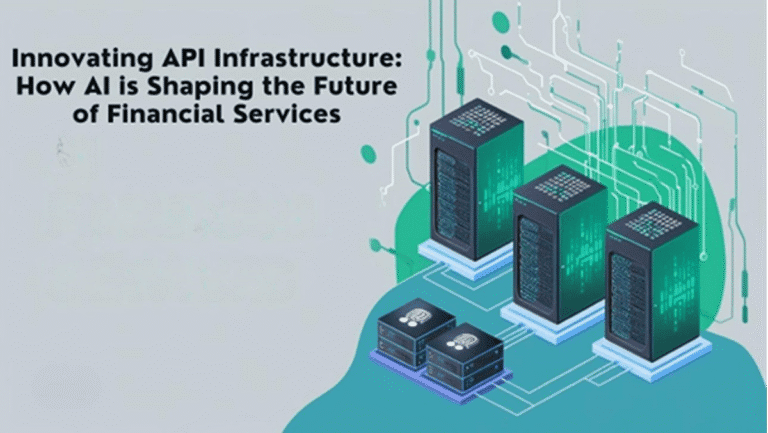Enhancing Financial Services with AI-Driven API Management
Application Programming Interfaces (APIs) have evolved from mere communication tools into fundamental components of modern digital ecosystems. In the fast-paced world of financial services, where every second counts and margins for error are minimal, optimizing API performance is crucial for sustained success.
The Rise of Intelligent Traffic Management
One of the most exciting advancements in recent years is the emergence of intelligent traffic management systems. These systems leverage machine learning (ML) and artificial intelligence (AI) to enhance operational efficiency. Traditional routing methods often rely on static rules, which can lead to inefficiencies during peak loads or unexpected situations. In contrast, AI-powered traffic management utilizes advanced algorithms to ensure real-time adaptability.
Real-Time Data Recognition
AI-based systems excel in their ability to recognize and respond to real-time data. They can anticipate shifts in traffic patterns caused by market fluctuations or surges in consumer activity. By swiftly redirecting requests, these systems minimize latency, ensuring that financial transactions and services remain uninterrupted and responsive.
Maintaining System Integrity Under Pressure
The predictive capabilities of AI are a game changer for key financial systems. During periods of high stress, such as economic volatility, AI-driven traffic management can maintain the integrity of crucial operations. By intelligently distributing loads, these systems alleviate pressure on infrastructure, which not only enhances performance but also supports higher profitability.
Enhancing Resource Utilization
Another significant advantage of AI in traffic management is its ability to maximize resource utilization. Reinforcement learning algorithms continuously adapt routing policies based on current traffic conditions. This dynamic adjustment ensures that resources are used efficiently, minimizing downtime and latency while improving overall system responsiveness.
Improving Performance and Profitability
Incorporating AI-driven systems into financial services leads to overall performance boosts. By reducing latency and optimizing traffic flow, organizations can deliver faster and more reliable services to their clients. This reliability fosters trust and enhances customer satisfaction, ultimately contributing to increased profitability for financial institutions.
Conclusion: The Future of Financial Services with AI
As the financial landscape becomes more complex, the role of AI-driven traffic management will only become more pivotal. By embracing these technologies, financial services can ensure that they remain agile, efficient, and ready to meet the demands of their customers in real-time. Investing in AI and ML for traffic management not only positions organizations at the forefront of technology but also equips them to handle tomorrow’s challenges with confidence.

